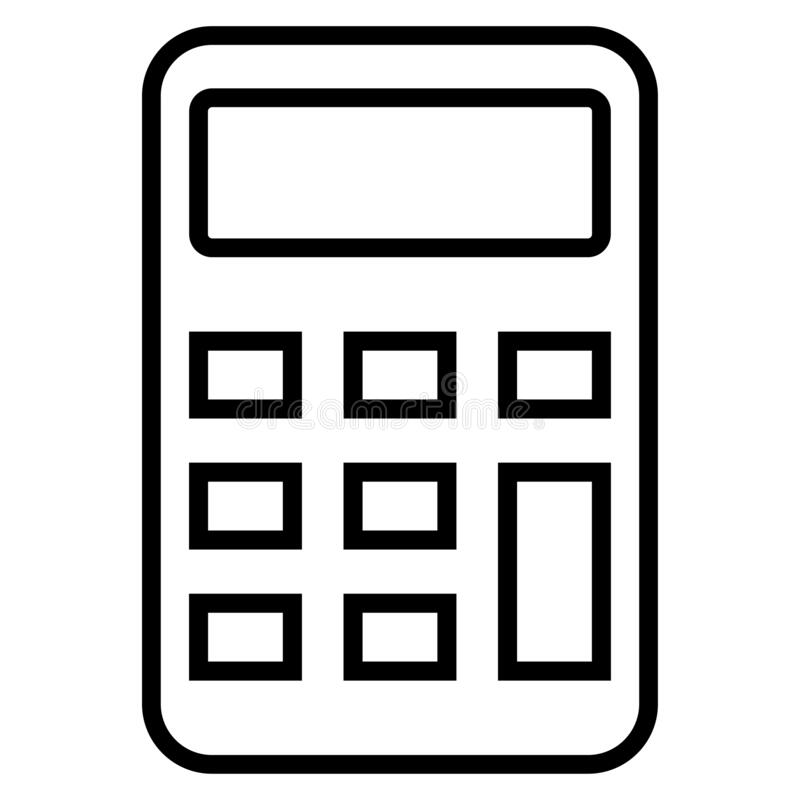Top Tips to Avoid a Poor Inventory – A Landlords Guide
Managing your rental properties efficiently and effectively is crucial to your success. One vital aspect of this process is maintaining a comprehensive and accurate inventory. A poor inventory can lead to disputes, unexpected costs, and even legal issues. In this article, we’ll provide you with the top tips to avoid a poor inventory and ensure a seamless landlord experience.
The Importance of a Good Inventory
A good inventory helps protect your investment, simplifies the management process, and provides a basis for any disputes that may arise between you and your tenants. By maintaining a detailed inventory, you’re safeguarding both parties’ interests and fostering a positive landlord-tenant relationship.
Tip 1: Conduct Thorough Inspections
Before any new tenant moves in, carry out a detailed inspection of the property. Make sure to note the condition of all items, fixtures, and fittings. Remember to take high-quality photographs and include them in your inventory report. This will help avoid disputes at the end of the tenancy and make the process smoother for both parties.
Tip 2: Use Digital Tools and Apps
Top Inventory Apps
Leverage the power of technology to streamline your inventory process. There are numerous apps and digital tools available to help you create, manage, and share your inventory records. Some popular options include InventoryBase, Rentredi, and Property Inspect. These tools will save you time, reduce the risk of errors, and provide a more professional appearance to your records.
Free Landlord Resources

Free Instant Valuation
See how much your property could get in rent.

Fee Saving Calculator
See how much you could save on property fees.
Yield calculator
Calculate your rental yield with our simple tool
Compliance Guide
Download your complete landlord compliance guide
Tip 3: Hire a Professional Team
Benefits of Hiring a Professional
If managing your inventory feels overwhelming or time-consuming, consider hiring a professional inventory clerk. They have the expertise and experience to create a comprehensive and accurate inventory report for your property. Hiring a professional can also provide an impartial and unbiased perspective, reducing the likelihood of disputes with your tenants.
Tip 4: Keep Accurate and Detailed Records
Ensure your records are up-to-date and include all necessary information. This includes descriptions, quantities, and conditions of all items in the property. Store these records in a safe and accessible location, either digitally or physically. Accurate records will protect you in case of disputes, damage, or theft.
Tip 5: Schedule Regular Property Visits
How Often to Visit
Regular property visits allow you to identify any potential issues or damages before they become major problems. Aim to visit your property at least once every six months. Inform your tenants in advance and schedule the visits at a mutually convenient time. Regular visits will help you maintain an up-to-date inventory and foster a positive relationship with your tenants.
Tip 6: Consider Insurance
Types of Insurance
Having the right insurance coverage is essential to safeguard your investment. Landlord insurance policies can include building insurance, contents insurance, and liability insurance. These policies provide protection against various risks, such as fire, theft, or accidental damage. Research the different types of insurance available and choose the one that best suits your needs.
Tip 7: Be Proactive with Repairs
Addressing maintenance issues promptly not only keeps your property in good condition but also demonstrates your commitment to providing a quality living space for your tenants. Encourage your tenants to report any problems or concerns, and respond to these issues in a timely manner. This will help prevent further damage and maintain a positive landlord-tenant relationship.
Tip 8: Communicate with Tenants
Open and clear communication is key to avoiding misunderstandings and disputes. Make sure your tenants understand their responsibilities when it comes to maintaining the property and reporting any issues. Provide them with a copy of the inventory report at the beginning of the tenancy, and discuss any concerns or questions they may have.
Tip 9: Update Inventory After Each Tenancy
When a tenancy ends, it’s important to update your inventory to reflect any changes or damages that may have occurred. Conduct a thorough inspection and compare the current state of the property with the initial inventory report. Make any necessary updates and use this updated inventory for the next tenancy.
Tip 10: Understand Legal Requirements
As a landlord, you need to be aware of and comply with all legal requirements related to your rental property. This includes providing an Energy Performance Certificate (EPC), ensuring your property meets health and safety standards, and protecting your tenant’s deposit in a government-approved scheme. Understanding and adhering to these legal requirements will help you avoid potential disputes and penalties.
Conclusion
Maintaining a comprehensive and accurate inventory is crucial for landlords looking to protect their investment and ensure a smooth tenancy experience. By following the tips outlined in this guide, you can avoid a poor inventory and cultivate a positive relationship with your tenants. Regular inspections, effective communication, and the use of digital tools are just a few of the strategies that can contribute to your success as a landlord.
FAQ
- How often should I update my property inventory?
It’s a good practice to update your inventory after each tenancy or whenever significant changes occur, such as renovations or the addition of new items.
- How can I prove the condition of my property at the beginning of a tenancy?
Take detailed photographs and include them in your inventory report. This will serve as evidence of the property’s condition at the beginning of the tenancy.
- Can a tenant request changes to the inventory report?
Yes, tenants can request changes if they believe the report is inaccurate. It’s essential to discuss any concerns and reach an agreement before the tenancy begins.
- What should I do if my tenant damages an item listed in the inventory?
Address the issue with your tenant and discuss potential solutions, such as repairing or replacing the item. Make sure to update the inventory accordingly.
- Do I need to provide my tenant with a copy of the inventory report?
Yes, providing your tenant with a copy of the inventory report helps ensure both parties are aware of the property’s condition and their respective responsibilities.
Free Landlord Resources

Free Instant Valuation
See how much your property could get in rent.

Fee Saving Calculator
See how much you could save on property fees.
Yield calculator
Calculate your rental yield with our simple tool
Compliance Guide
Download your complete landlord compliance guide

Meet Sam your local Expert
Sam has a wealth of experience across the private landlord and Build to Rent sectors. He has advised a wide range of clients across the whole of London on how to find great tenants, improve their assets and effectively market their properties for the best returns.
Our Trusted Partners





See if we can save you Money
As Featured on






